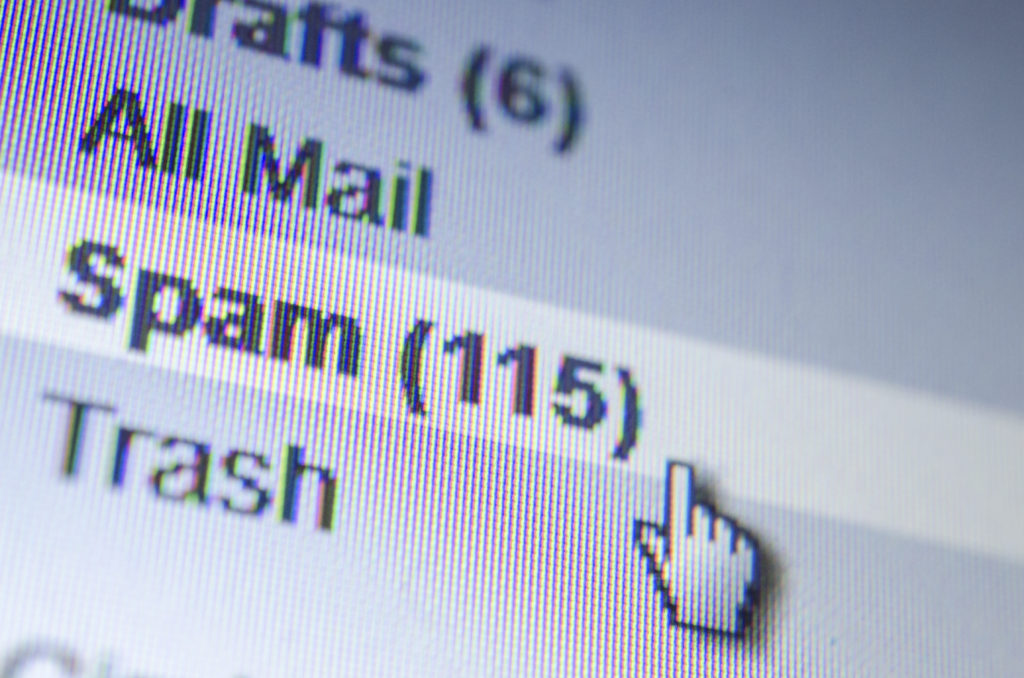
Ever since the dawn of advertising, people have been plagued by junk mail. Numerous clients trying to get you to purchase their wares has shaped almost every aspect of media, and it’s only gotten more elaborate since the introduction of the internet. However, with the internet, junk mail didn’t just become more frequent, it got dangerous. Everyone who has an email address is familiar with spam, but they might not realize that spam isn’t just an ad. Often times, it can be something as sinister as malware or a phishing scam.
A business relying on virtual data especially needs to pay attention to the nature of spam. While most of the time it’s easy to ignore, creators of spam campaigns and malware get better every day. Junk mail and malware evolves, and so does its potential threat to a company.
The threat comes from several areas. As mentioned already, malware and phishing scams are common culprits. The damage caused by both can be extremely costly for a company, so it’s important to identify spam and stop it in its tracks.
Things to know regarding spam is that it often relies on the user to make a mistake. In the case of phishing email scams, there are generally links included in the message that lead to hijack sites. Or, the email is asking for some kind of login/personal information. Imagine if an employee mistakenly handed out their login info or other credentials. The persons responsible for the email attack would then have access to a company’s network, with the ability to compromise and access sensitive data.
Malware also comes with spam, though it’s a bit rarer. With malware, harmful viruses or executables can do irreversible damage to a computer system, ranging from corrupting software to rendering a hard drive useless. For a business, depending on how widespread the virus is, this damage can be costly for both replacements and downtime caused. This is why it’s absolutely imperative to have protective measures in place like a strong anti-virus program.
It’s also important, perhaps more so than anything else, to have an educated workforce. Identifying and removing spam is the best defense. Common sense often prevails, but simple mistakes might cost a fortune.
For employees, realizing a few things about spam is crucial. One is that they often try to look identical to official emails from companies. Same images with an email that even sounds official. However, if asking for some kind of login info, or warning about issues related, it’s likely spam. Often times these messages are loaded with spelling issues and poorly translated messages. In dangerous cases, sometimes spam will come with an attachment. Under no circumstance should it be downloaded unless the source is known.
Essentially, practicing safety is truly the best way to deal with spam. It changes all the time, but in the case of uncertainty, no risks should be taken. With this in mind, your business can protect itself with common sense and proper software.

